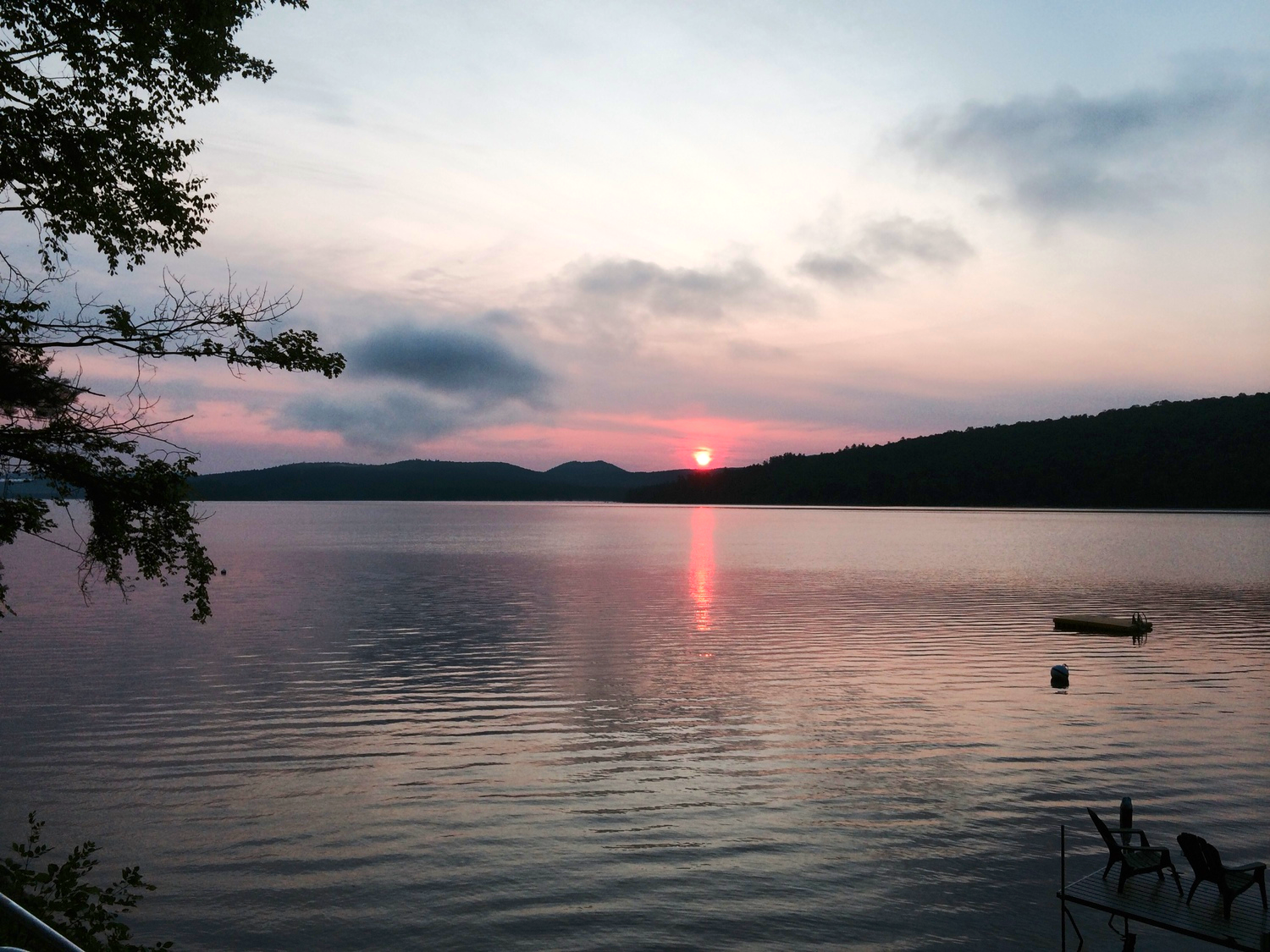Keeping Schroon Pristine: Clap Your Hands For CSLAP!
/Sunrise. July, 2014. Looking towards the north-east side of Schroon Lake. Picture from the Schroon Laker Collection. Copyright 2014. All Rights Reserved.
SCHROON LAKE ASSOCIATION
(Protecting the Lake since 1911)
2013 Schroon Lake-North Scoreboard
Citizens Statewide Lake Assessment Program
By Chuck Harste SLA VP
The Citizens Statewide Lake Assessment Program (CSLAP) is a volunteer Lake monitoring and education program managed by DEC and the New York State Federation of Lake Associations (NYSFOLA), Lake Information from a variety of sources, including CSLAP volunteers, is combined to create a scoreboard for each CSLAP lake. The SLA and its volunteers and our Lake Manager have participated for decades in this program, providing valuable long term information.
Schroon Lake is a 4125 acre, class AA lake suitable for swimming, boating, fishing and as a water supply. It was first sampled as part of CSLAP in 1987 by the SLA and has been measured every year but one since that time. It is one of nine CSLAP lakes among the more than 270 lakes found in Essex County, one of 12 CSLAP lakes among the 120 lakes in Warren County, and one of 25 CSLAP lakes among the more than 470 lakes and ponds in the Upper Hudson River drainage basin.
The purpose of the scoreboard is to provide a quick and simple summary of sampling results for:
· Water quality conditions
· Biological health
· Lake perception
· Lake uses
By necessity this is an overview. Much more detailed information is available on the SLA website: Schroonlakeassociation.org, the CSLAP website: dec.ny.gov/chemical.81576.html and many other sites identified in the complete report. Should you visit these websites you will see very detailed information. Fortunately, the SLA has the advantage of having one of only seven State certified Lake Managers working with our organization. He is Steve LaMere. Steve interprets the results and provides us invaluable direction for our lake.
Some local organizations have decided to forgo CSLAP in favor of less stringent organizations. The SLA has not. We believe there is much value in continuing our CSLAP partnership. Some rational are:
· CSLAP utilized certified professionals analyzing and providing results
· We have a breath of historical data starting in 1987
· CSLAP protocol is time tested
· A small change in lake testing can produce substantial changes to the lake. We need to be on top of changes
Water quality assessments are based on data collected from the deepest part of the lake 8 times each year in three categories: Trophic status; ph balance and Deepwater Dissolved Oxygen. Trophic status is measured by total phosphorus, chlorophyll and “Secchi Disk (a measurement of the clarity of the lake). In prior years all three measurements have be “Good”, but show as “Threatened” in 2013. The trend is stable. ph balance has been and remains “Good” and the trend is stable. Deepwater Oxygen has been and remains “Good”, but because there is not enough data the trend is considered unknown.
Biological health of lake can be evaluated in a number of ways. For CSLAP lakes, biological health evaluations are based on the presence of invasive plants, the type and number of blue-green harmful blooms, the present of invasive animals and the number of pollution sensitive aquatic insects. Invasive plants and invasive animal conditions are considered “Unfavorable” it the past and in 2013. Harmful Algae is considered “Favorable”. Fisheries quality and plant diversity has been “Favorable” in the past, but are now considered “Not Known”.
Lake perception scores are based on the visual observations of CSLAP volunteers. Judgments are made on Water quality, Aquatic Plants and Recreation. We consider the water quality to be “Excellent” and Aquatic Plants and Recreation to be “Good”.
Lake uses are defined as the best uses for a lake (drinking water, swimming, etc.) as determined by several factors. Swimming, Boating/Fishing and Aesthetics have been and in 2013 are considered to be “Supported”. Potable water has been considered “Threatened” in the past, but considered “Supported” in 2013. Aquatic life has been and is still considered “Threatened”. Fish consumption has been and is still considered “Impaired”.
As stated earlier this overview is, by necessity, brief. Please visit the websites given above for a more detailed perspective.










